Tohoku, UCLA team advance 4V-class metal-free organic Lithium-ion batteries; croconic acid cathode
Green Car Congress
APRIL 18, 2022
A joint research team from Tohoku University and the University of California, Los Angeles (UCLA) has made a significant advance towards high-voltage metal-free lithium-ion batteries by using a small organic molecule: croconic acid. An open-access paper on their work is published in the journal Advanced Science. —Katsuyama et al.

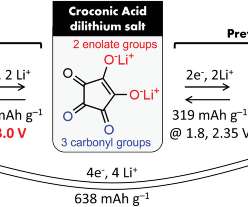
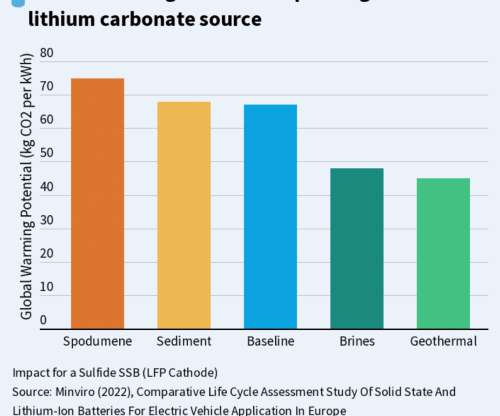

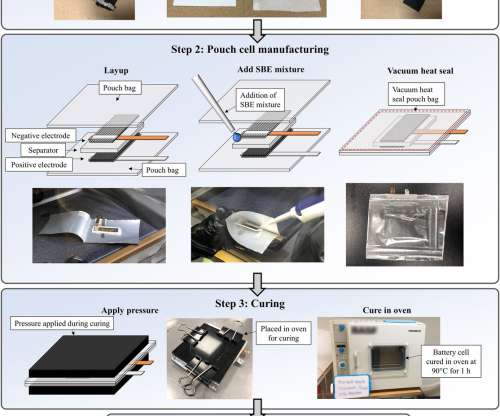
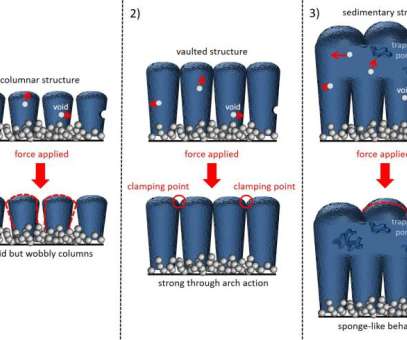
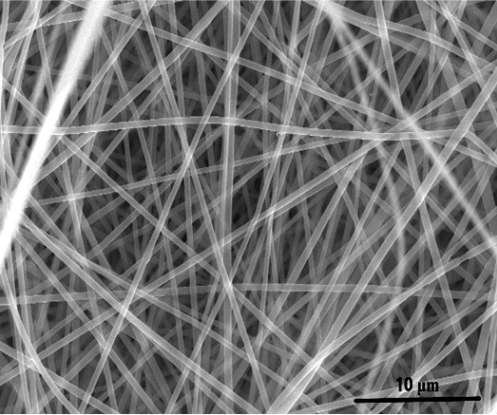


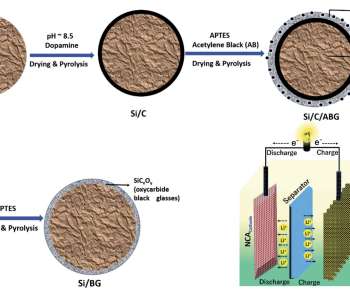






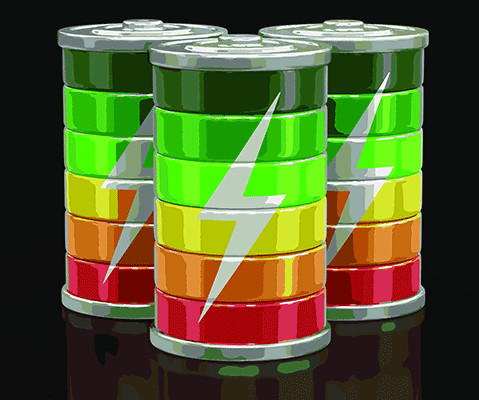



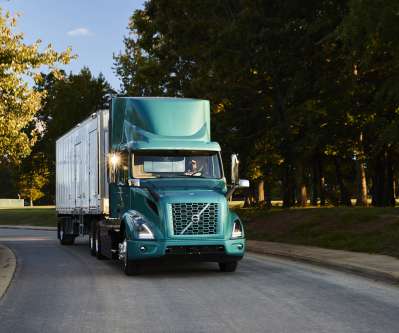






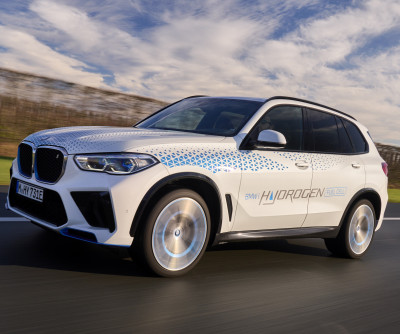










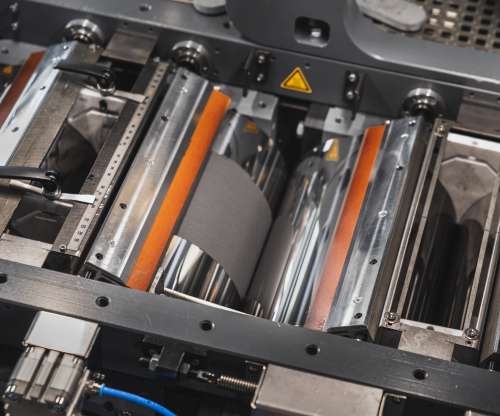
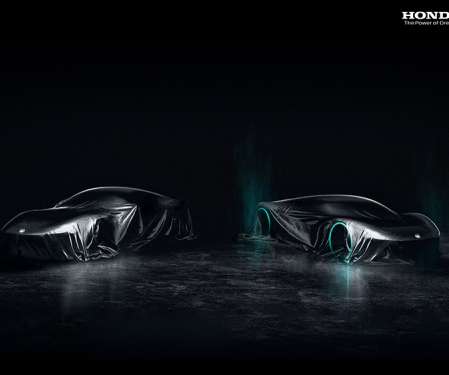








Let's personalize your content